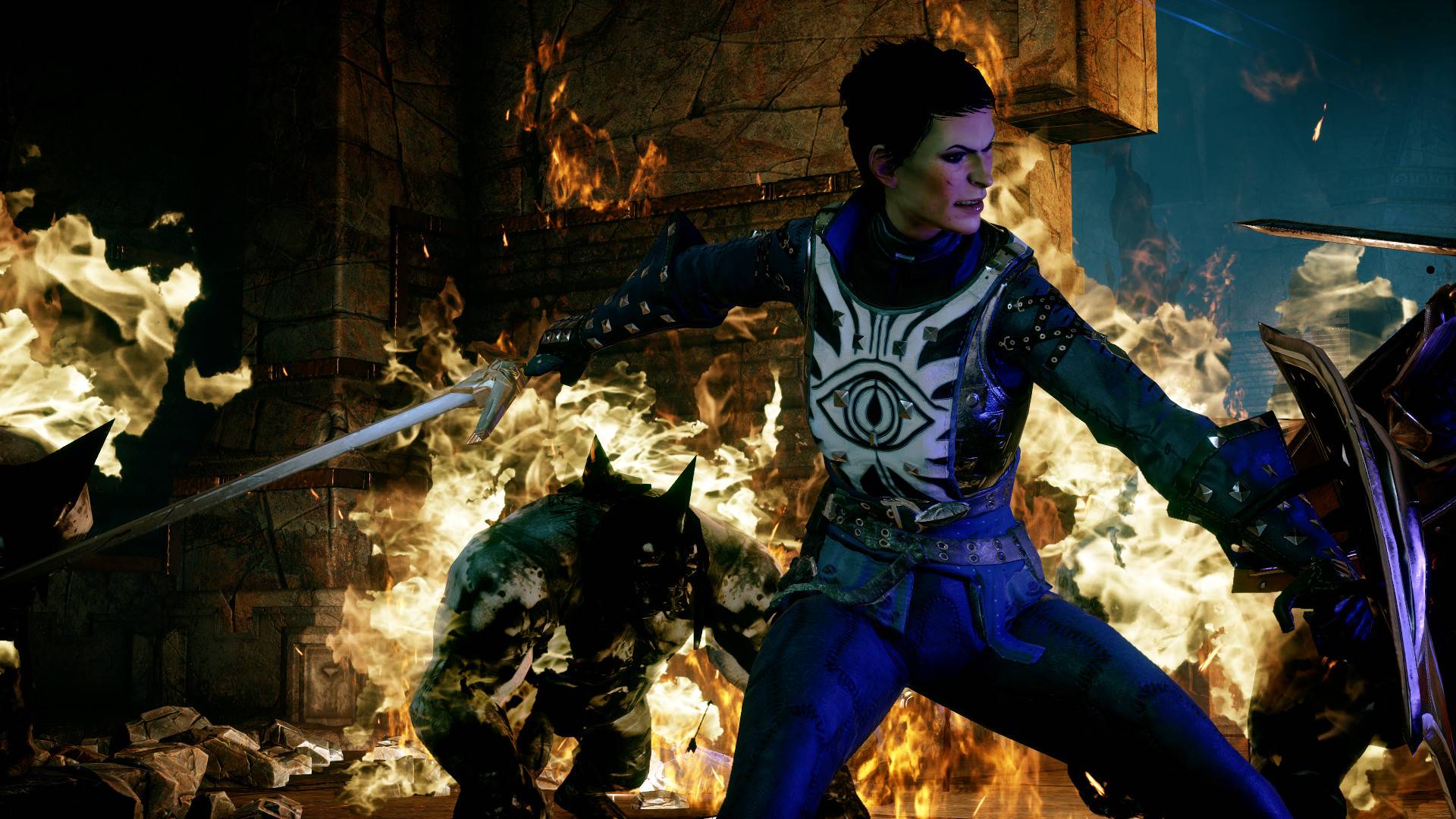
BioWare veteran Mark Darrah has been sharing his thoughts on why AAA games seem to be taking even longer to make these days, and he thinks that the "fidelity death cult" and the fear of backlash that devs experience when it comes to reusing assets have a lot to answer for.
Darrah served as executive producer on Dragon Age 2, Dragon Age Inquisition, and lead programmer on Baldur's Gate 2: Enhanced Edition, just to name a few of his roles, so it's safe to say that he knows his stuff when it comes to the development of big games. In a new video on his YouTube channel, he discusses how even though lots of games are now aiming to achieve "hyper-realistic art styles," this isn't something that helps you make "a forever game" (a game "you can play for an incredibly long time"), but it still takes a very long time to do.
"We are also in a period of something I've called the 'fidelity death cult,' where a lot of games are trying for hyper-realistic art styles, hyper-high fidelity, hyper-customization, hyper-intricacy," Darrah begins. "These things, while they don't contribute to a larger size, while they don't help you make a forever game, they still take a lot more time. When you are concerned about the way people's hair moves on their back, that's going to take time that you in the past wouldn't have done. You would have just spray painted their hairdo on, or given them a hair cap, or something pretty static. Now, you're introducing new avenues of complexity."
Continuing, he states that the industry is seeing "quite a bit of pushback" from players when it comes to devs reusing systems and assets, which may pressure developers to make certain things from scratch for a sequel when there might not really be a need to.
"While I might have been able to reuse some of those animations, or some of those models, or some of those areas, I might feel the need to recreate them to avoid that backlash, so I'm introducing additional time into the development process that otherwise would have allowed the game to come out sooner," Darrah explains.
Although having to wait years on end for the next big game in your favorite franchise isn't exactly anyone's idea of a good time, Darrah argues that there is a benefit to this, as there's more room for "disruptors," in the form of AA games and indie titles, to swoop in and make their mark. He uses the first Dark Souls game to explain his point as an action RPG that wasn't afraid to try new things and push boundaries, just like we see many indies and AA games do today.
This 'disruption' is crucial to the games industry as a whole, Darrah believes, as "there's always the risk that AAA will become highly rigid, very ossified, and be unwilling to try new things, to take risks, to try new genres or new twists." However, "By having these external forces being able to be more agile, you're able to keep some freshness within the AAA space."
While Darrah's words might not be much comfort for those waiting for the likes of The Elder Scrolls 6, which was announced over six years ago now, it's a really interesting perspective and also shines a light on the importance of those smaller releases. All of this isn't to say that indies can't also take a very long time to make, though – Metroidvania fans waiting for Hollow Knight: Silksong can tell you that much.
Be sure to check out our roundup of new games 2024 to see what games are releasing this year and beyond.







